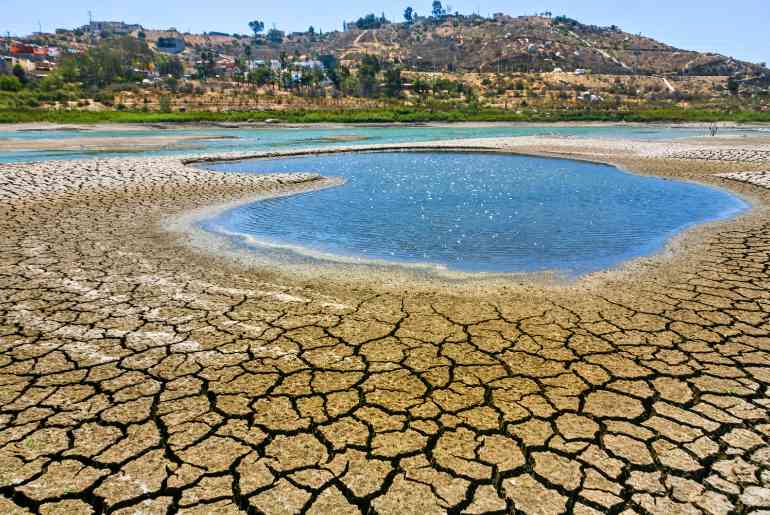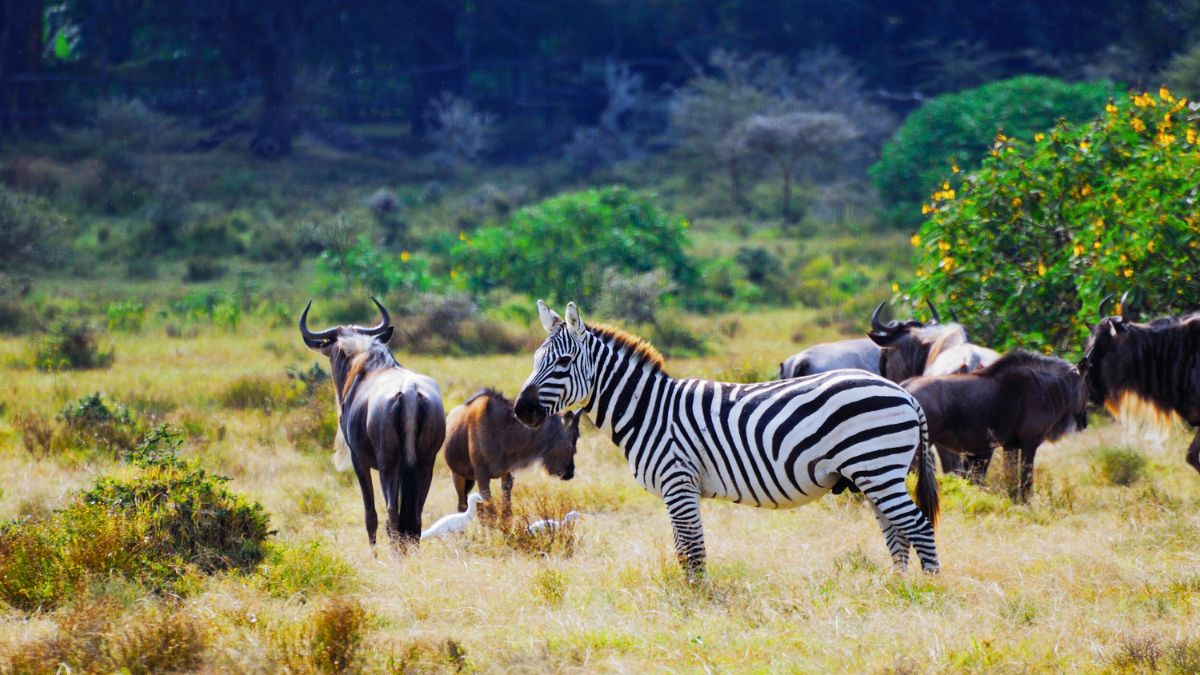The monitored global wildlife population has seen a staggering 73% decline in the last 50 years, as per the World Wildlife Fund’s (WWF) Living Planet Report 2024. The report has also warned that the earth is approaching a dangerous tipping point, due to climate and nature crises, that will cause irreversible environmental changes to the world we live in. Read on to know more about this report.
Staggering Decline Seen In Wildlife Populations In 50 Years

As per WWF’s biennial living planet report, the monitored global wildlife population has seen a decline of 73% between 1970-2020. This massive slump in the last 50 years has been due to habitat loss, degradation, impacts of climate change, pollution, and invasive species. This is a sharp rise from the 69% wildlife population decline reported in a similar report by WWF.
Among different ecosystems, the highest decline was reported in freshwater populations with a massive 85% loss. This was followed by a 69% slide in terrestrial populations and a 56% slump in marine ecosystem population. The report is based on the Living Planet Index (LPI) that is provided by the Zoological Society of London.
In the Asia Pacific region, which includes India, pollution is an additional threat to wildlife populations. This region recorded an average decline of 60% in just 50 years! Additionally, India reported a decline of three vulture species which is quite alarming. This includes White-rumped vultures, Indian vultures, and Slender-billed vultures.
Nature Loss & Climate Change Tipping Earth Towards Irreversible Change

Due to varying types and levels of pressure, the decline trends in each region are different. However, the report shows that the world is approaching an irreversible environmental tipping point. This is mainly driven by nature loss and climate change throughout the world.
WWF’s report warns that this trend of wildlife decline is an early warning indicator of increasing extinction risk and the potential loss of healthy ecosystems across the world. The report stated catastrophic examples of what could happen if the ecosystems were not taken care of soon. They cited examples like the dieback of the Amazon rainforest and the mass die-off of coral reefs to show what could happen to the earth if wildlife decline isn’t taken seriously.
Also Read: Nitin Gadkari Urges Kamiya Jani To Visit Nagpur-Jabalpur Wildlife Corridor; Here’s Why
This is concerning. The huge loss of wildlife is alarming and is a wake-up call for all of us to take care of the world we live in! Share your two cents about this in the comments.
Cover Image Courtesy: Canva (representative image)
For more such snackable content, interesting discoveries and the latest updates on food, travel and experiences in your city, download the Curly Tales App. Download HERE. First Published: October 10, 2024 4:13 PM




